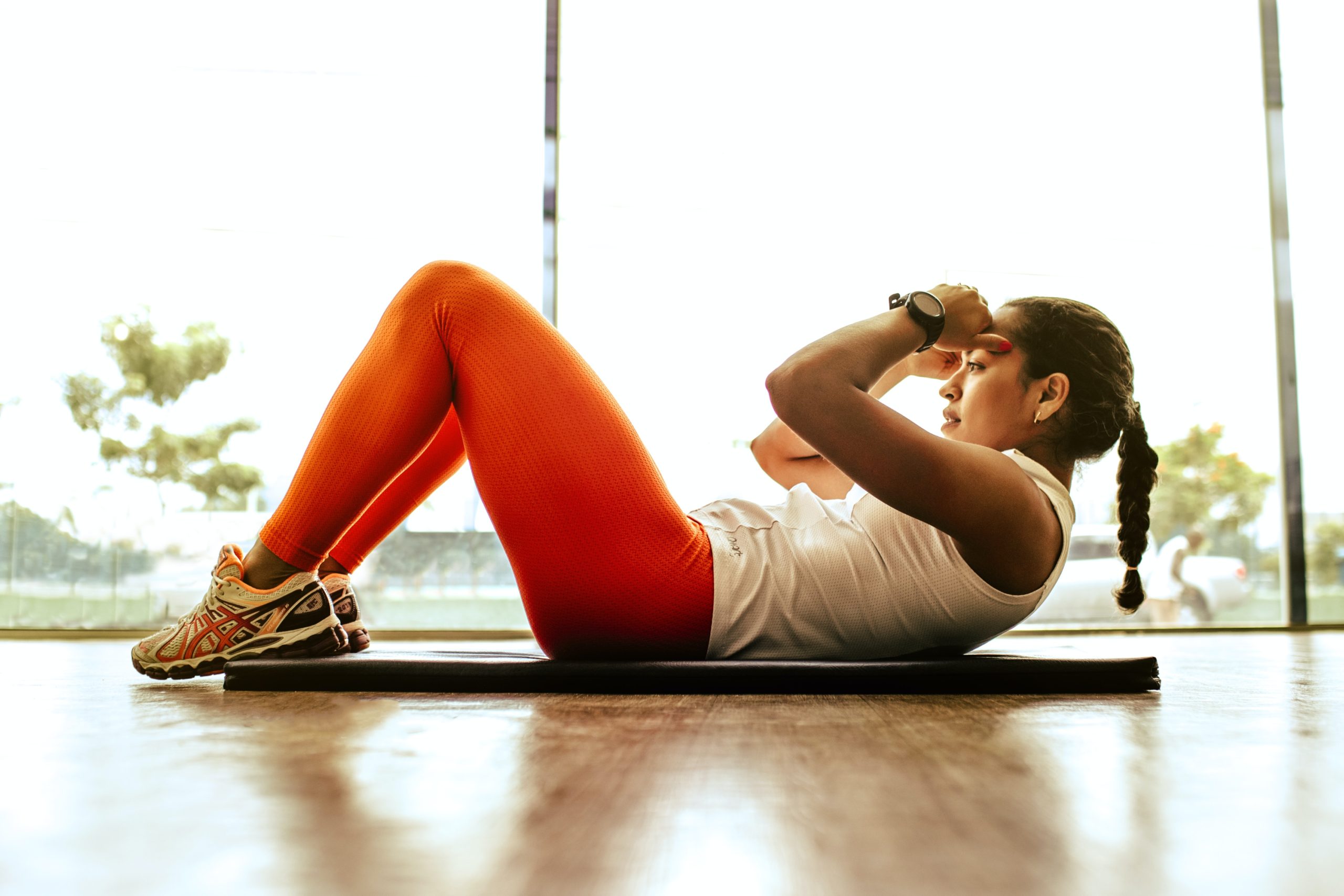


Have you been told to “turn on” your core when you exercise? Do you struggle to understand where these muscles are and how to effectively activate? If so, you’re not alone. Let’s discuss what your core is and how to activate so you can become stronger, healthier, and more resilient to injury.
What is your core?
What muscles do you think make up your core? There are a lot of muscles in the abdominal area that are considered part of the core. The main purpose of the core is to provide stability without limiting mobility. If you contract the upper abdominals and then try to bend backwards, you will find it hard to complete the same range of motion if you were not contracting these muscles.
The four muscle groups that make up the core are the transverse abdominis, the multifidi, the diaphragm, and the pelvic floor. The purpose of these muscles is to support you while you move and to manage the pressure within your abdomen and pelvis while you perform different activities. When these muscles are not working optimally, symptoms such as low back pain, urinary incontinence and difficulty progressing with movements may develop.
How can you activate your core?
1.) Focus on the transverse abdominis
To activate, you may have been told to suck your belly button in towards your spine or rotate your pelvis so when you are laying on your back you flatten your spine into the floor. While these are good tips, I tend to find that they often cause you to over contract and engage extra muscles. The cue I prefer is to “bring your hip bones together”. While you won’t actually generate any motion, this helps to bring the contraction lower in your abdomen and keep your upper abs and glutes from overpowering. If you bring your fingers about 2 inches in towards your belly button from your hip bones, you should feel this area firm up without pushing up with the contraction.
2.) Focus on the pelvic floor
While it tends to be talked about more with females, both females and males have a pelvic floor. However, the anatomy changes slightly and therefore, cueing on how to activate is adjusted. The one cue most people are used to hearing is to stop the sensation of having to use the restroom. This direction may cause you to over engage and can lead to bladder dysfunction.
To engage these muscles, you want to stop the sensation of flatulence, and “zip” that contraction forward. This should be a gentle contraction and you should feel supported without feeling like you are working too hard. You can then add the above transverse abdominis contraction to create a well-supportive sling.
I encourage you to try these exercises and consider incorporating into your overall fitness routine. Stay tuned for part two of this blog series, which will cover the remaining muscle groups that make up your core. If you have any questions, feel free to connect with me at amber@physioroomco.com

0

0
Comments :